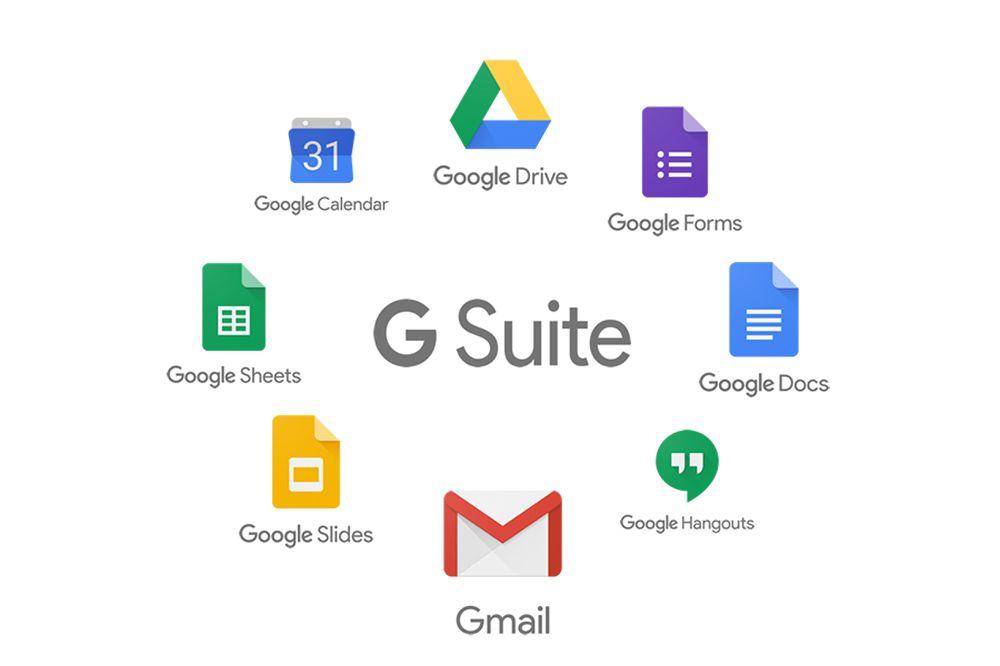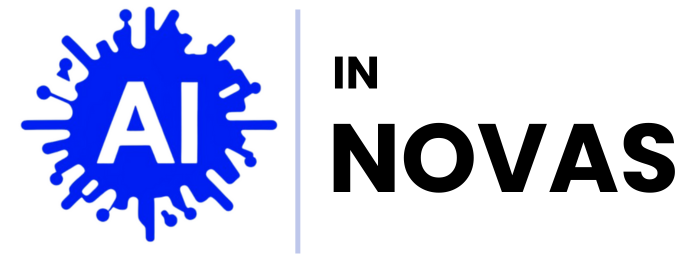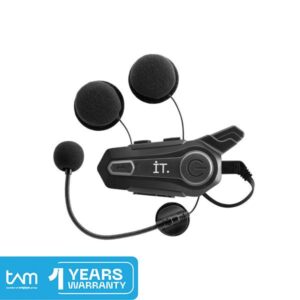In an age where remote work and digital collaboration have become the norm, the tools we choose to facilitate communication and storage can make a significant difference in our productivity and effectiveness. Enter Google Workspace and Dropbox Business—two titans of the cloud-based services arena, each vying to enhance the way teams connect, create, and store information. But how do these solutions stack up against one another? In this article, we embark on a comprehensive comparison of Google Workspace and Dropbox Business, exploring their collaboration capabilities, storage options, and overall user experience. Whether you’re a small business looking for streamlined teamwork or a large organization in need of secure file storage, join us as we dissect the strengths and weaknesses of these popular platforms, helping you make an informed decision for your collaborative journey.
Exploring Collaboration Tools: Google Workspace and Dropbox Business Breakdown
When it comes to collaboration, Google Workspace shines with its suite of tools designed to enhance teamwork and productivity. Users can leverage applications like Google Docs, Sheets, and Slides to create documents in real-time, allowing for seamless multitasking and immediate feedback. The integrated chat and video conferencing features in Google Meet further facilitate communication, enabling teams to brainstorm, discuss, and finalize projects without needing to switch platforms. Key features include:
- Real-time editing: Collaborators can view changes instantly.
- Extensive templates: Pre-designed formats for professional results.
- Integrated apps: Connect with Gmail, Calendar, and more.
On the other hand, Dropbox Business offers robust file storage and sharing capabilities, which are essential for organizations dealing with substantial amounts of data. Its focus on document management provides users with secure file storage options, sophisticated sharing settings, and enhanced security, making it ideal for companies that prioritize data protection. With automatic backups and seamless integration with various third-party applications, Dropbox Business ensures that users have quick access to their documents. Some standout features include:
- Smart Sync: Access all files without taking up hard drive space.
- File recovery: Restore previous file versions easily.
- Team management tools: Easily monitor team activity and access permissions.
| Feature | Google Workspace | Dropbox Business |
|---|---|---|
| Real-time Collaboration | ✔️ | No |
| File Sharing & Storage | Limited | ✔️ |
| Video Conferencing | ✔️ | No |
| Security Features | Moderate | High |

Storage Solutions Unveiled: A Comparison of Features and Capabilities
When evaluating Google Workspace and Dropbox Business, it’s essential to understand their unique features and capabilities that enhance teamwork and streamline workflow. Google Workspace offers an integrated suite of applications such as Gmail, Google Docs, Sheets, and Slides, allowing users to create, edit, and collaborate in real-time. With features like commenting, version history, and auto-save, teams can seamlessly coordinate their efforts. Furthermore, Google Drive’s clever search functionality and categorization make it easy to locate files quickly, even within extensive storage systems. Users can benefit from generous storage spaces ranging from 30GB to unlimited, depending on the plan chosen, which supports a truly collaborative environment for large teams and projects.
On the other hand, Dropbox Business provides robust file-storage and sharing solutions, enhanced by its powerful file synchronization technology. The ability to create shared folders, set permissions, and maintain complete control over file access are significant advantages for organizations concerned with data security. Dropbox also supports integrations with various third-party applications, enabling workflow automation and effective project management. With plans offering between 5TB and unlimited storage, teams can upload, share, and collaborate on large files efficiently. Below is a comparative overview of their offerings:
| Feature | Google Workspace | Dropbox Business |
|---|---|---|
| Storage Capacity | 30GB to Unlimited | 5TB to Unlimited |
| Real-Time Collaboration | Yes | No (limited to comments) |
| File Versioning | 15 days | Forever (with recovery features) |
| Third-party Integrations | Extensive | Strong, focused on file sharing |

Security and Access Control: Safeguarding Your Data in the Cloud
When considering cloud solutions, maintaining the integrity of your data through robust security measures and effective access control is paramount. Both Google Workspace and Dropbox Business prioritize the protection of sensitive information, employing a variety of security protocols designed to guard against unauthorized access and data breaches. Google Workspace utilizes a multi-layered security architecture, including two-factor authentication (2FA), advanced phishing protection, and real-time security alerts. Similarly, Dropbox Business offers features like file recovery, version history, and admin controls to manage access permissions. Users can easily define who has access to what files, with granular options to limit sharing capabilities to enhance data confidentiality.
In terms of compliance, both platforms have made strides to adhere to industry standards such as GDPR and HIPAA, ensuring that your business’s data is stored and processed in alignment with legal requirements. They offer detailed audit logs to track user interactions and modifications, contributing to better governance of corporate data. The following table summarizes key security features for quick comparison:
| Feature | Google Workspace | Dropbox Business |
|---|---|---|
| Two-Factor Authentication | ✅ | ✅ |
| File Recovery | ❌ | ✅ |
| Real-Time Security Alerts | ✅ | ❌ |
| Admin Controls | ✅ | ✅ |
| Compliance Certifications | ✅ | ✅ |

Cost Analysis and Value Proposition: Which Platform Delivers More?
When evaluating the financial implications of Google Workspace and Dropbox Business, several key factors come into play. Both platforms offer tiered pricing structures tailored to varying business needs, creating a dilemma for potential users. Google Workspace has a straightforward pricing model that combines email, storage, and collaboration tools, making it a tempting one-stop solution. On the other hand, Dropbox Business focuses primarily on file storage and sharing capabilities but also integrates some collaboration tools, creating a unique niche for teams that prioritize file management. Here’s a quick look at their pricing tiers:
| Platform | Basic Plan | Advanced Plan |
|---|---|---|
| Google Workspace | $6/user/month | $12/user/month |
| Dropbox Business | $15/user/month | $25/user/month |
However, the ultimate value proposition extends beyond mere cost comparisons. Google Workspace provides seamless integrations with productivity tools like Google Docs, Sheets, and Calendar, enabling teams to collaborate in real-time. This can significantly enhance overall productivity, justifying its cost for organizations that rely heavily on collaborative work. In contrast, Dropbox Business delivers exceptional file-sharing performance and advanced security features, which may resonate more with industries where data protection and accessibility are paramount. By carefully weighing the associated costs against the specific needs of your team, businesses are better equipped to choose the platform that not only fits their budget but also maximizes their operational efficiency.
Future Outlook
In the ever-evolving landscape of digital collaboration and cloud storage, both Google Workspace and Dropbox Business offer robust solutions tailored to meet diverse user needs. As explored throughout this article, each platform presents unique strengths—Google Workspace shines with its seamless integration of productivity tools, while Dropbox Business excels in file storage and sharing capabilities.
Ultimately, the choice between these two giants boils down to your specific requirements. Are you seeking an all-in-one suite that enhances teamwork and communication, or do you prioritize secure file management and sharing? As you weigh your options, consider the workflows and collaboration styles of your team.
In a world where efficiency and accessibility are paramount, both Google Workspace and Dropbox Business stand ready to empower your organization. The right tool can help unlock your team’s potential, fostering creativity and productivity no matter where you are. Choosing wisely today ensures that your collaborative journey tomorrow will be one of success and innovation.




